Note: This post contains affiliate links to items that you can purchase from Amazon. As an Amazon Associate, I earn from qualifying purchases. Thank you.
When I was a kid, I didn’t have much leeway for exploring fashion. Like many, I just wore whatever my mom bought me. And that’s how my entire sense of style ended up being “I don’t know, just jeans and a t-shirt, I guess”. So now as an adult, I’ve discovered I kind of have a passion for fashion. Or at least, a love of shopping. I want to know everything there is to know about the fabrics and silhouettes that catch my eye.
If, like me, you’ve recently started learning more about fashion, you may have encountered a lot of funny terms people use to describe themselves. Without understanding the systems these terms come from, it all gets confusing and overwhelming pretty quickly. (You might find yourself asking, “You’re a what? A Type 3? A Kibbe? What is a TW? Where are you getting these terms!? What do you mean your colors are different from one system to the next!?”)

The more you read, the more confusing it seems to get. People might refer to three other systems while you’re still trying to learn about one. And then you have to pause everything to go figure out what these newest code words you’ve stumbled upon mean.
So to make this easier on all beginners, I decided to compile a list of the systems I see most commonly referred to and the basics about them I’ve learned. I’ll also tell you where and how to (unofficially) type yourself for each system. At least as far as you can go for free! This is not intended to be comprehensive or incredibly detailed. It’s just a starting point to refer you to some of the most authoritative sources on the most popular systems.
You might also find yourself wondering what the purpose of all of this is. Well, for me, I like clothes. I like looking at clothes, reading about clothes, and shopping for clothes. And there are a lot of different styles/essences/aesthetics that appeal to me. So I thought maybe if I tied myself to some strict, prescriptive rules about what actually looks best on me and goes with other items in my closet, it would make me think a lot harder and more strategically about my purchases. Maybe I could do this by following one system. Maybe I could somehow combine all of them and shop only within the correlations between them. I wasn’t too sure, but I knew one thing–I had to understand the systems and my types within them to even be able to make these decisions.
So why do I recommend doing all this for free? Well, actually, I really don’t. If you really want to know your real, actual types, the only people who can tell you that are the originators of these systems. The free options I’m sharing below will only get you so far. Without spending the money to talk to the creators of the systems themselves, the best you can do is an interpretation. Sometimes an interpretation of an interpretation of an interpretation. So I want you to know that if you’re really a purist and dead-set on knowing your exact type with no room for doubt, you can only get that by paying for it. And most of these cost hundreds of dollars minimum and require trips to wherever the analyst lives on top of that. As a hobbyist who isn’t a designer and doesn’t work in the fashion industry, I would consider that frivolous spending for what likely amounts to fun pseudoscience.
Seasonal Color Analysis
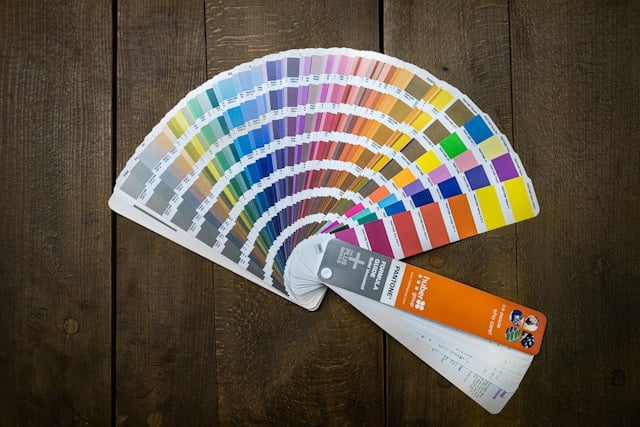
This seems to be the test that everyone has some familiarity with, and it’s where I would start out. There are great breakdowns of this here and here. And for free tests you can do at home, I liked this one (click on the Color Quiz square) for just virtually “draping” my face and this one (click “Discover your palette”) for using a dropper to pick colors out of the picture and having the app authoritatively tell me what those colors meant.
I did both of them several times with multiple photos, just to be really sure. With dark hair, dark eyes, and pale skin, I’m almost certainly a winter. And my neutral-olive-leaning-cool undertones (some confusion here) most likely make me a deep/dark. So I’m a Deep/Dark Winter. This is how it typed me almost every time, with an occasional Deep Autumn or other type of Winter. As if this was not confusing enough, I Googled my celebrity doppelganger and discovered that she has been typed as a Bright Spring.
But, reminding myself that you can only do so much for free and online and this is all merely a rough guide, I decided to trust the repetitiveness and go with Deep Winter. (And maybe I’ll mix in some overlapping Deep Autumn colors, too). Mostly I’m happy with this–these are largely all colors that tend to resonate with me. (Although I do love my Millennial pinks/rose golds and dusky colors, too, so I’ll probably still sneak those in occasionally.)
Tonal Color Analysis
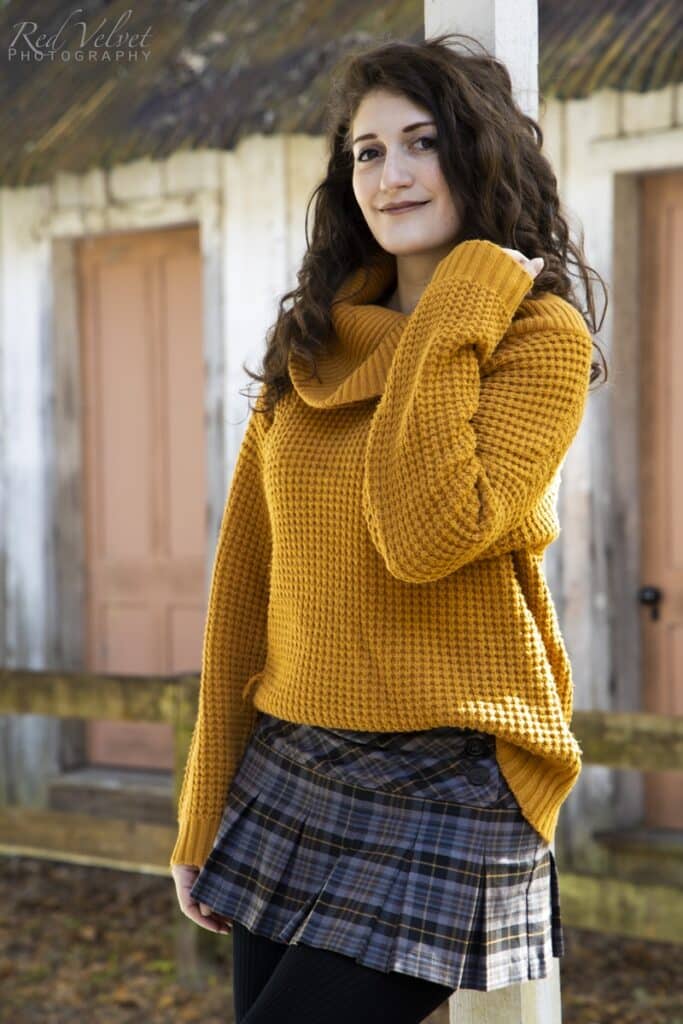
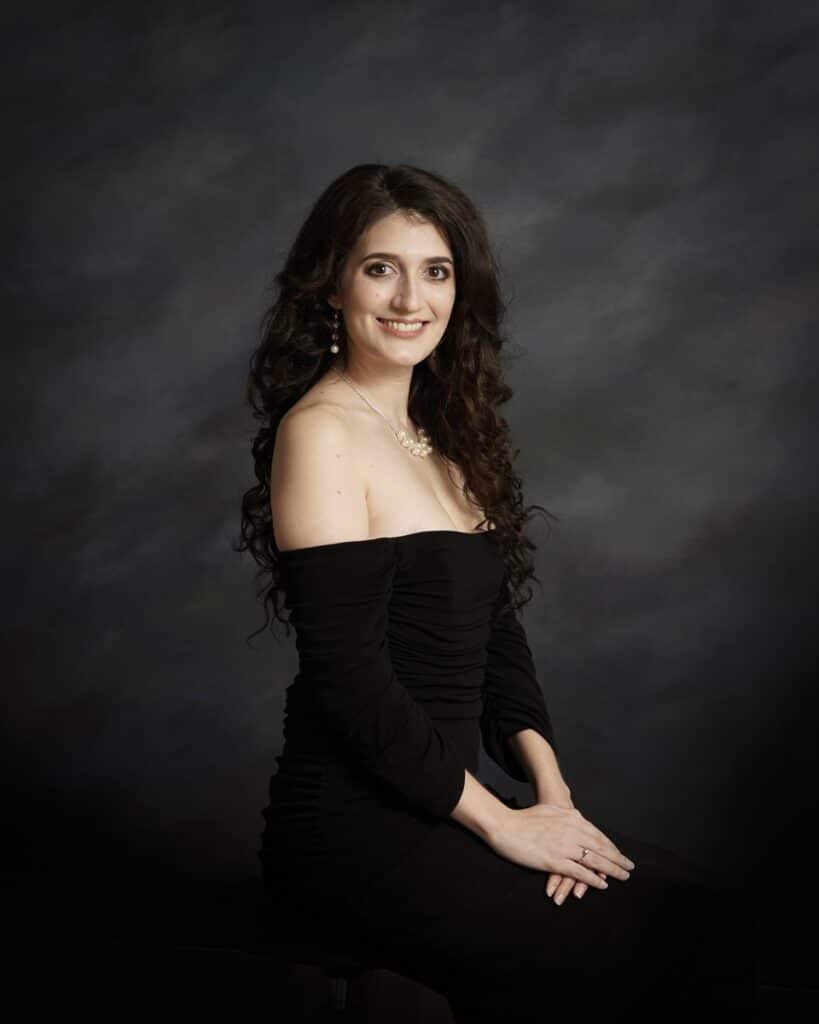
Then there’s the Tonal Color Analysis. Maybe I’m just a Deep.
David Zyla
David Zyla’s system took a lot of time to go through. Where the Seasonal Color Analysis has 12 seasons, Zyla has 24.
You start simply enough with Zyla. Begin by heading outside with your phone and this guide. You’re going to stand in indirect natural sunlight and take photos of the following:
- Your palm
- Your fingertip (while gently squeezing to bring all the blood to the tip)
- The veins in your wrist
- A clear closeup of your eye (you need to be able to see the details in your iris)
- Your hair
Once you have your pictures, head to Coolors and select Tools–>Image Picker. This will let you painlessly use a dropper tool to select colors from your photo. Technically you’re supposed to pick just one color for each category. But we are full of so many different colors, it’s hard to choose! I started by selecting five colors for each category and making a separate palette for each. When you have five different colors for your palm, for example, or the darkest parts of your eye, select Export Palette–>Open In The Generator. This will show you all the colors you just selected. Here are some of the colors in my palm, and some of the blues and greens in my wrist:
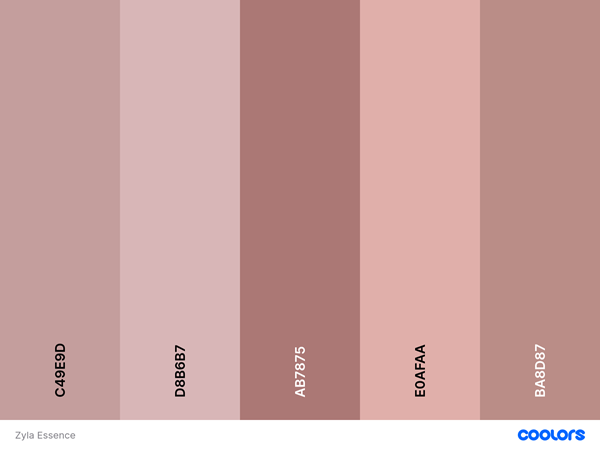
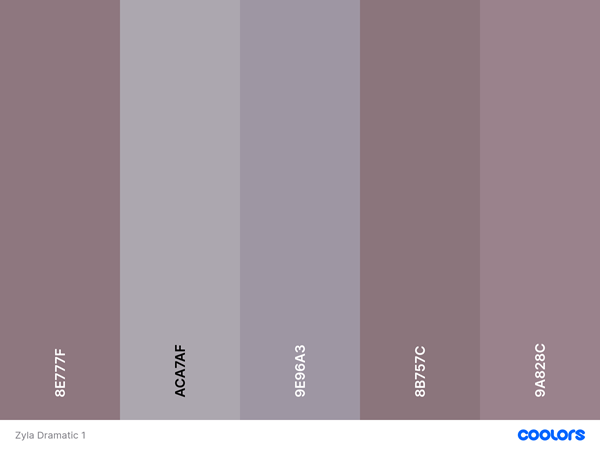
And here is what I ultimately settled on as my True Colors:

You can then download the palette you just created by clicking Export–>Image and saving to your computer. From there, you can go to a color wheel like this one and find complementary and contrasting colors based on your literal True Colors. Then you can create all the palettes you want! It was fascinating to see what colors paired perfectly with shades right from my own features.
Zyla also has 24 archetypes, and these are what made this so much fun for me. On his Pinterest page, he has boards for each of the 24 archetypes. And they are a sheer delight to go through. Just scrolling through his collections, I feel like I learned so much about the different ways styles are inspired–evoking different color schemes, pottery, eras, nature, architecture, famous characters, etc. And apart from designers, this page would also be a treasure trove for writers, cosplayers, and DisneyBounders.
Zyla recommends scrolling his boards and then creating your own, using only the pins from these boards that you like. So that’s exactly what I did. While not all of the different types are for me, I created 24 different boards that only include the items from each type that I find appealing. So now I have inspiration for how to make any of the 24 my own, if I so chose!
If you feel like you couldn’t possibly choose between the many wonderful archetypes, don’t worry. He suggests narrowing your choices down to three to start. And there’s no reason you have to lock yourself into one. Also, word has it that he only created these archetypes because the publisher would not allow him to sell the book without them. Meaning the important thing is the color system, and the rest is just for fun! So if you figure out your colors and there’s an archetype you really like, you could always just recreate that archetype with your own colors.
For further reading on Zyla, check out his website and two books here and here.
John Kitchener’s PSC (Personal Style and Color Analysis)
Kitchener evaluates both style and color, but separately, from what I can tell. Similar to how I suggested thinking of Zyla above. He uses the 12-season color analysis discussed before, so if you’ve figured that out, you’re halfway there already. This chart will help with the rest. It seems pretty straightforward at first glance, but there is a lot of overlap within. What I ended up doing was just making little tick marks on a sheet of paper for every category and then selecting the ones I had the most of.
For me, Romantic and Natural are tied for first place, with Classic a close second. So I think my overall Kitchener essence is some combination of the three.
For further reading on Kitchener, check out this book inspired by his technique.
David Kibbe
There is so much floating around out there about the Kibbe method. And it sounds like a lot of it is misinformation that people take incredibly seriously. (Just in my research for this post, I came across so many people in different forums who were really upset and obsessing over this.) Apparently a lot of this has gotten back to Kibbe himself, so much so that he wrote a disclaimer about it.
Kibbe seems to have me as a Theatrical Romantic, Soft Gamine, or some type of Classic. There were certain questions I just wasn’t sure enough of. And there were aspects of each description that were and were not true for me.
For further reading on Kibbe, check out his website and book. (If you can find a used copy that isn’t $300+, as it’s out of print.) And it looks like he has another book coming next year!
Carol Tuttle’s Dressing Your Truth
I am still working my way through Dressing Your Truth. But compared to the other systems, this one breaks down to just four types. (I tested as type 4 the first time and type 2 the second, but I have slightly more checkmarks tied in 1 and 2.) You do have to make a (free) account on the website. But then you have access to videos for all four types to figure out which one you are.
For further reading on Dressing Your Truth, check out Tuttle’s books here and here and the beginner’s guide on the website.
Style Thoughts by Rita Quadrant System

Like Dressing Your Truth, The Style Key also breaks down to only four types. So if you find that you like simpler systems, this one may be more to your taste! To take the test, you do have to submit your email address and make a free account to receive the newsletter. After that, you’re sent a free ebook and can do your learning from there.
From reading the descriptions in the ebook, I was torn between Right + Down Moonstone and Right + Up Sapphire. But after carefully looking at the pictures, I’m definitely the Moonstone.
Kati L. Moore’s Fantastical Beauty
Fantastical Beauty is based on–you guessed it–fantasy characters. It was a lot of fun reading about the character archetypes that inspired the various style types. And with this system, you don’t have to choose just one. You could have a quadrant of four different types (all of which have several subtypes if you want to get more specific with it). The types and how to find them are all explained in the free ebook on the website.

From only a quick and cursory read, I found this all somewhat confusing. This led me to having a quadrant (Magic Queen, Fae, Valkyrie, Angel) before I even got to the part of the book that said that was acceptable. I haven’t narrowed it down yet to my one true type. And I’m still wading through the subtypes to determine which ones resonate the most. To make things still more confusing, when I looked at the style guides on the website, I found outfits that I would definitely wear from many types and subtypes, only some of which were from my quadrant.
After you’ve done all the work of figuring out your types and subtypes, there’s an animal familiar if you want to get more involved, then color palettes and moods to consider.
I will admit I have not yet given this one its due (though I intend to at some point) and I rushed through just to have a reference point for this post. I was getting bogged down in the details and eventually did things backwards by looking at the different styles and narrowing it down from there, rather than looking at me and narrowing the styles down from there. This is obviously counter to the entire purpose of a style guide. But I’ll go back and do it correctly sometime.
So after following the instructions as best I could to determine my quadrant, I went straight to the style guides and made a list of all the ones I liked. (Again, this is the wrong way to do this. The correct way is to determine your shapes and then narrow down the subtypes from there.)
It’s hard to determine whether you like an entire style based on one outfit. So I ended up with quite a long list, which included several different animals. (I liked eight animal outfits in the style guide. But after comparing the ones I liked in the ebook, I think my familiar is probably a bushbaby, mayyybe an ocelot.)
I did the same thing with the types and subtypes and ended up with a list of 24 more outfit inspirations I liked! So the next thing I did (and this would be the proper way) was to compare those to my quadrant and narrow them down from there. Taking my full quadrant (if I did it correctly to begin with, of course) and all the subtypes I liked the look of into account, that has me narrowed down to six subtypes to play with (Soul Guardian, Huntress, Angel, Magic Queen, Fallen Angel, and Godiva).
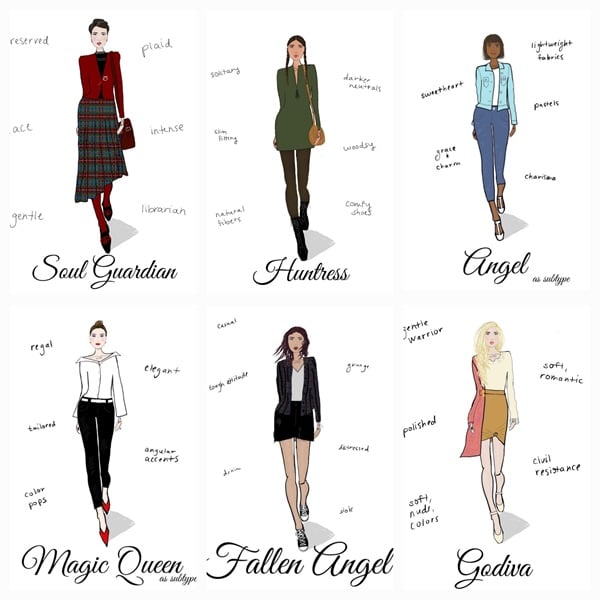
Additional honorary mention goes to Cupcake Princess and Banshee, which fell outside my quadrant, but I still really loved.
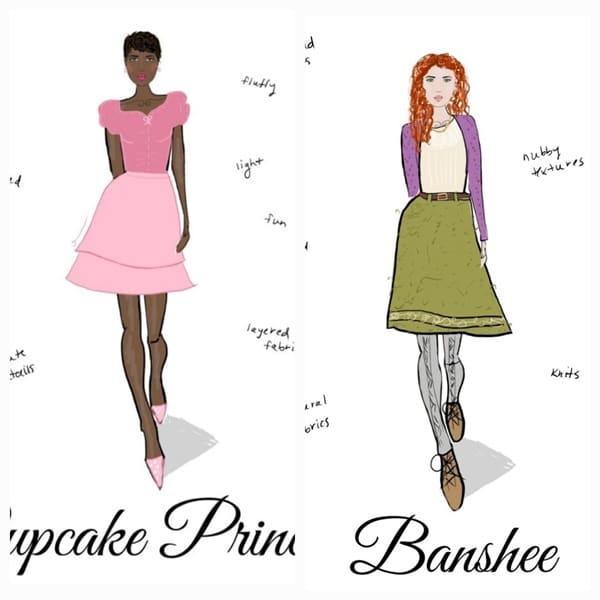
Clearly, I have more work to do with this one!
Conclusions
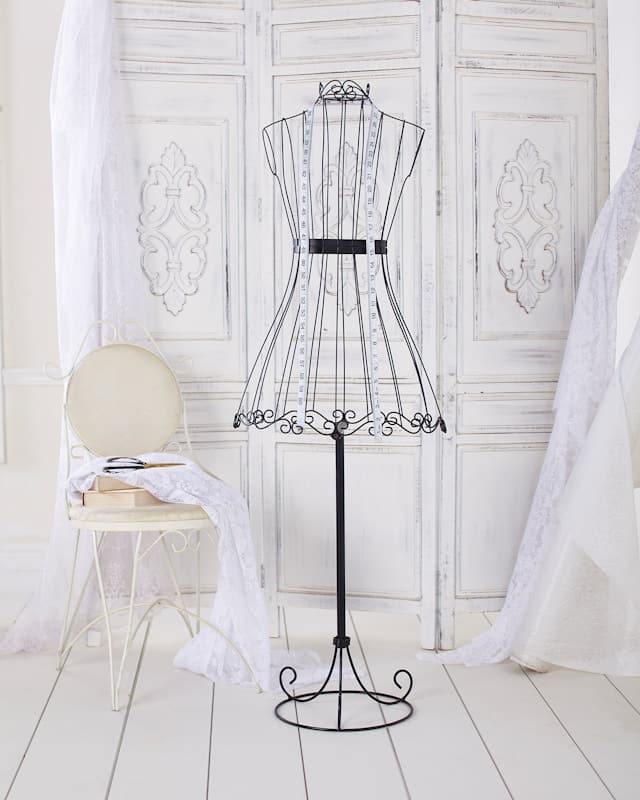
So in conclusion, was all of this worth it? What have I learned? One thing is that, apart from professionals who actually work with color and designs, people are really, really torn on what actually looks best on themselves and other people, and what goes together. Everyone will squint and stare at everyone else’s colors and not reach a conclusion about the best ones, or their opinion will contradict someone else’s. You can use one of the palettes you’ve discovered here as a guide if you’re trying to decide on a personal color palette. Or you can choose to ignore all of them completely and do your own thing. There’s no one right answer, as you can see from the many different systems! Arguably, there may be similarities between systems that are more right than others.
Another lesson: Essences, archetypes, styles, etc. are probably best kept separate from colors and decided on individually. You can choose as many as you want. It may be that you want completely different looks depending on where you’re going, or for casual or work looks, for example. Or maybe all of your looks cohere with a few small changes depending on the occasion or setting. That’s completely up to you.
Beyond those things that can only be done in person or perhaps through a video call–colors, draping, comparing fabrics, and trying things on–no one can really tell you what your one true perfect look is. That’s still something you ultimately need to decide on your own based on what most appeals to you and what will make you happy. I started looking into all of this in an attempt to box myself in and create some general guidelines to use while shopping, and that didn’t really work. What it did was to help nail down my best and worst colors, as well as some of the silhouettes, fabrics, and details I do and do not like. And it gave me lots of beautiful inspiration and ideas to work with and a bit more guidance as I continue honing my own style.
Leave a Reply